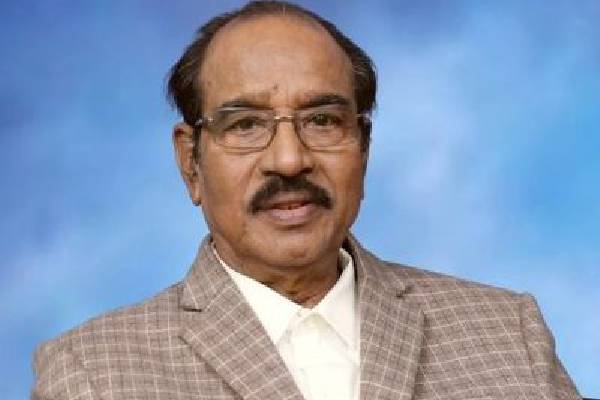Professor Nageshwar
<p>Prof.K. Nageshwar is India’s noted political analyst. He is a former member of the Telangana Legislative Council and professor in the Department of Communication & Journalism, Osmania University, Hyderabad, India</p>
-
Professor Nageshwar : Factors behind the historic landslide May 27, 2019

-
Professor Nageshwar : Will Modi Make a Come Back? May 16, 2019
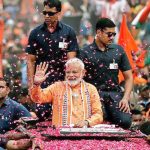
-
Professor Nageshwar : KCR meets Kerala CM: Federal Front Again in Spotlight May 7, 2019
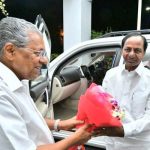
-
Professor Nageshwar – Why TRS plans to merge Congress in it? May 1, 2019
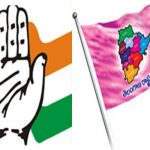
-
Professor Nageshwar – Six factors that make Chandrababu Naidu so confident of victory April 30, 2019
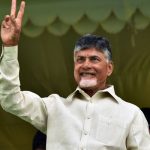
-
Professor K Nageshwar : Chandrababu better PM than Rahul, Pawar power politics April 28, 2019
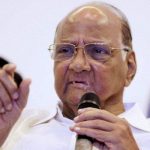
-
Professor Nageshwar- Political storm over Inter Exam Goof up April 25, 2019

-
Professor K Nageshwar: Chandrababu Naidu’s post poll Crusade: What does it Mean? April 19, 2019

-
Professor K Nageshwar : Whither Chandrababu Naidu’s Crusade over EVMs April 14, 2019
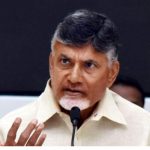
-
Is Congress really serious of dislodging Narendra Modi April 6, 2019
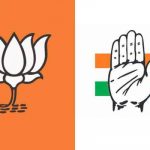
-
Prof K Nageshwar : Why Chandrababu Naidu faces a tough contest? March 27, 2019
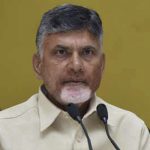
-
Prof Nageshwar : Naidu evokes Andhra sentiment, another political masterstroke ? March 25, 2019

-
TRS Targets sweet 16, KCR strategy for Lok Sabha Polls March 23, 2019

-
Prof K Nageshwar : Pawan Kalyan turns kingmaker even before Polls March 20, 2019

-
Prof K Nageshwar : Why KCR is encouraging defections even now? March 15, 2019

-
Prof K Nageshwar : Locating in National Political Context: Who will Benefit, Chandrababu or YS Jagan? March 13, 2019

-
Prof K Nageshwar : What this data war all about March 7, 2019

-
Prof K. Nageswar – What is non military pre-emptive strike ? February 28, 2019

-
Prof K Nageshwar : Mr. Prime Minister why are you silent on these demand of Andhra Pradesh? February 11, 2019

-
Prof K Nageshwar : Why KCR is silent on Bengal Developments? February 5, 2019
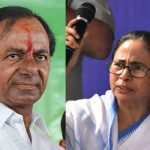
-
Prof Nageshwar — Can Jagan Target Chandra Babu with Hitesh? January 28, 2019




